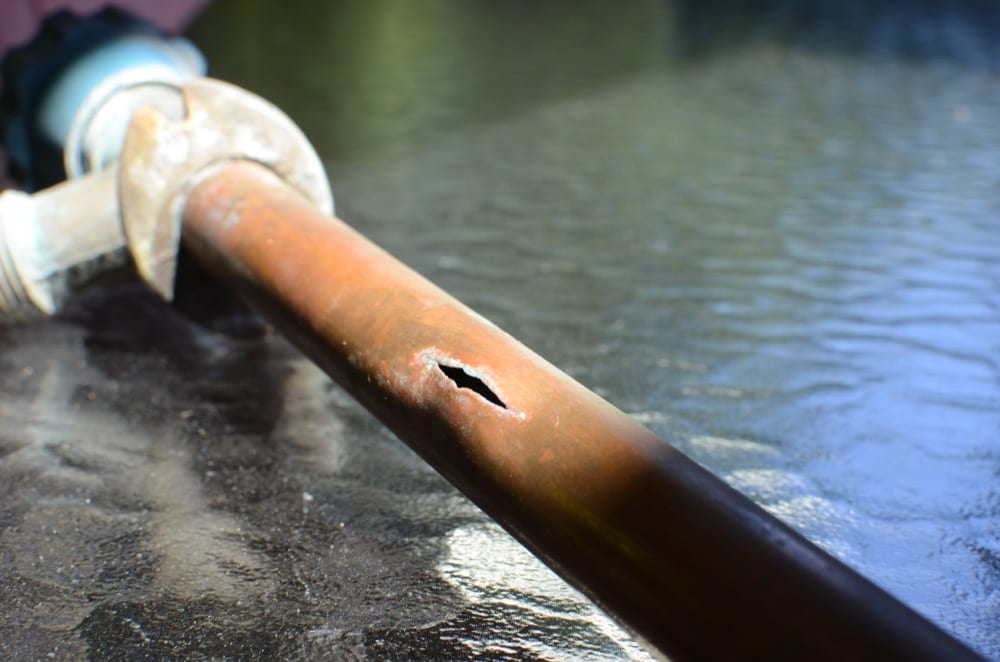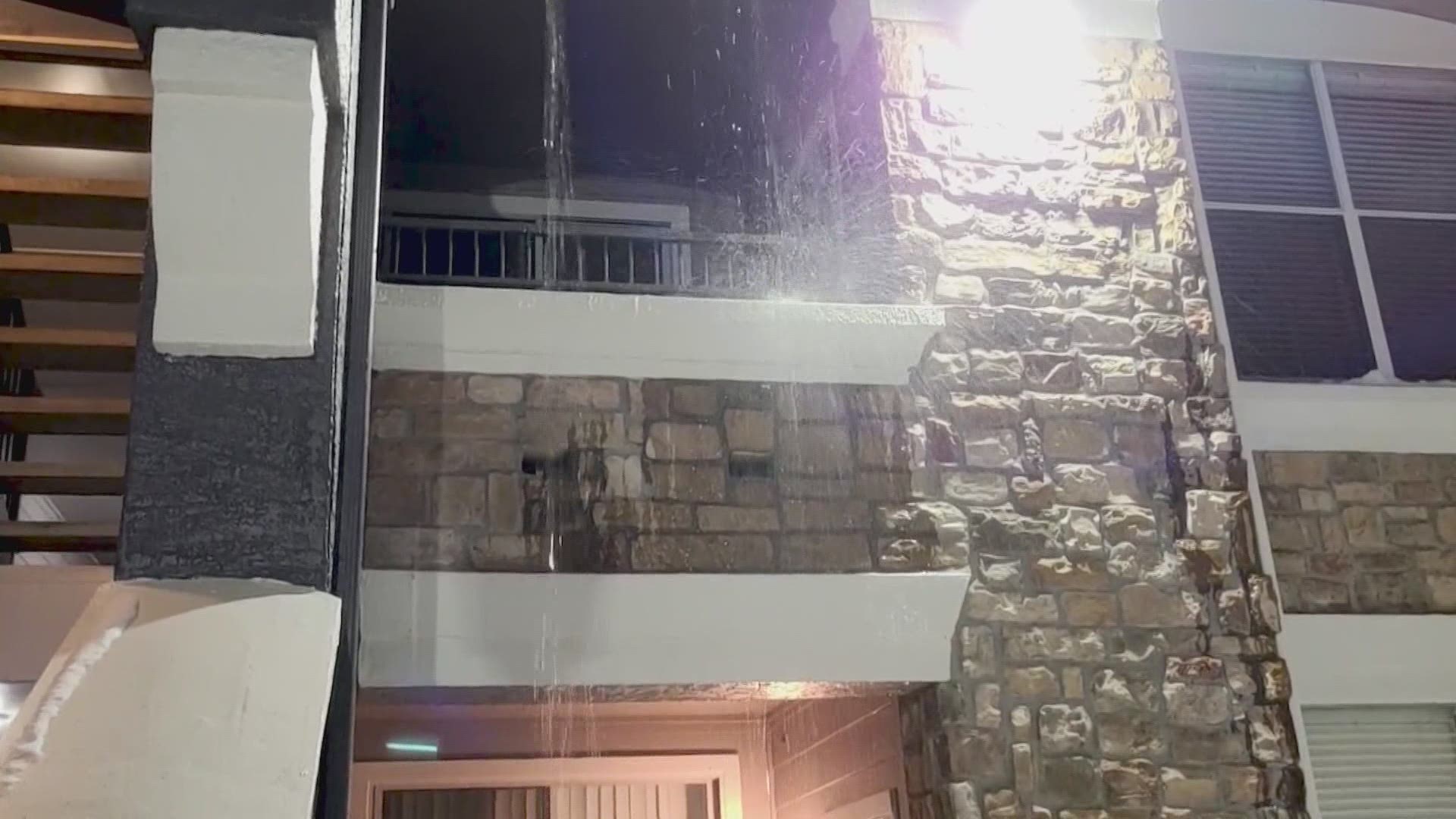Your Essential Guide to Effective Septic Tank Maintenance
Your Essential Guide to Effective Septic Tank Maintenance
Blog Article
Everybody has got their own individual theory about The Do’s And Don’ts When Water Floods Your Home.

What should you do if a water pipeline ruptureds in your home? The longer you wait, the much more severe the damages that can occur to your building. For these reasons, you require to discover how to act in the event of a ruptured water pipe.
Shut Off the Key Waterline Valve
Look for the regional shut-off shutoff to transform off the water in one specific location just. If you do not understand where the localized shut-off shutoff is, go for the main water line shutoff and transform it off. Typically, the major valve is found outside the house next to the water meter.
Call Water Damages Restoration Pros for Aid
After shutting the water source, call the professionals for aid. Since the pipelines needed to be fixed as well as there is a demand to deal with the various other damages to your home, this situation is not something you can do some DIY. Seek assistance from a reliable firm offering 24/7 emergency services if you can not deal. With their expert help, you can stop a lot larger water damage consisting of warped baseboards, loosened floor tiles, or damaged frameworks. Don't take this issue gently and also seek expert support for your full assurance as well as a qualified solution.
File the Damage For Insurance coverage
While you're waiting for the pros to get here, get some documents of the damage brought on by the wayward pipe. Take pictures and videos of whatever. Do close-up shots of the damaged prized possessions and also spots. Your documentation will function as evidence for your property owner's insurance coverage. Maintaining positive with this circumstance assists you to file a claim for protection, which will further support you and your family to come back on your feet.
Salvage Points That Can Be Conserved
Check out the harmed items as well as take out the most essential ones from the stack as soon as you're done taking images. Dry them off in a dry/warm location far from the damaged area and also try to maintain them as long as you can. Drag as much moisture as you can to the material so it can start to dry out.
Beginning the Drying Refine
You need to begin the drying out procedure as soon as possible. Thankfully, the water from your waterlines is currently tidy so you do not need to stress over sewage system water. The streaming water may have disrupted the dust and also debris in your floorboards and carpetings. In this situation, put some handwear covers on and begin some damage control. Usage containers to dump out the water. Remove as much water as you can from the surfaces with old towels. Activate an electric follower or open your windows to promote air blood circulation. These steps will certainly hasten to completely dry and prevent mold and also mildew development.
Experts are the only people certified to examine correctly and also repair the burs pipes and also subsequent damages. As always, pipes do not just instantly burst out of heaven. They usually provide silent red flags like gurgling paint, water spots. Unusual noises in the plumbing, caving ceiling, mildewy odor, or peeling off wallpaper. Remember of these indicators and do some safety nets so you can nip any problems in the bud.
What should you do if a water pipe ruptureds in your residence? For these reasons, you need to find out how to act in the event of a ruptured water pipeline. After shutting the water source, call the experts for aid. With their expert help, you can stop a lot larger water damage including deformed walls, loosened floor tiles, or damaged structures. Luckily, the water from your waterlines is currently tidy so you don't have to worry regarding drain water.
How to Handle a Burst Pipe and Minimize Damage
Steps to Take Ahead of Time
If you own property in an area that experiences cold weather, you need to be aware of seasonal maintenance tasks that will help you protect your property as the weather changes each year. One of the most important steps is to winterize your pipes to ensure they won't freeze or burst when the temperature drops. This includes action items like insulating any exposed pipes, detaching garden hoses and covering outdoor faucets. If the weather gets cold enough, you may even consider leaving a faucet dripping or opening cabinet doors during the coldest parts of the day.
No matter how prepared you might be, accidents and emergencies still happen. You'd be wise to set up a savings account specifically for your property so you have a "rainy day" fund set aside for unexpected expenses. All homes—regardless of age, location or condition—will inevitably need some form of emergency repair.
Steps to Take for Frozen Pipes
A frozen pipe will not necessarily burst, so if you can catch a frozen pipe early on, you could save yourself a major headache. When your area experiences frigid temperatures, be sure to check your plumbing and keep an eye out for warning signs like faucets only releasing small amounts of water or toilets not refilling when flushed. If you do run into one of these issues, you're likely dealing with a frozen pipe.
If this happens, your first step should be to cut off the water supply to that section of the plumbing. Expanding and freezing water can quickly cause damage. Even if the water supply is shut off, you will likely still deal with some leaking from the water that defrosts after the pipe has thawed. Be prepared with a mop, bucket and/or towels to quickly soak up any excess water.
In order to thaw a frozen pipe, you can use a space heater, infrared or incandescent heat lamp, or even a hairdryer to warm up the frozen area. Heat tape is also an option and should be used according to manufacturer instructions. Do not use any sort of open flame to thaw frozen pipes, as it poses a major fire hazard and can damage your pipes further.
Steps to Take for a Burst Pipe
Water damage claims are the second most common insurance claim in the U.S. When you're dealing with a frozen pipe, the water continues to expand as it freezes, which creates pressure that can cause a pipe to burst. When this happens, the crack or leak in the pipe allows water flow from the pipe to enter your home where it shouldn't. If a pipe does burst, you need to act quickly to mitigate property damage and repair cost.
Your very first step should be to shut off your main water supply to minimize flooding—typically the most expensive damage to address. Once you've shut off the water supply, make sure you identify the entire area that has been impacted by the leak. Remove as much water as possible—as quickly as possible—using a mop, sponges, towels or a shop vacuum or wet/dry vacuum. To prevent long-term damage due to moisture build-up, run a dehumidifier or fan in the affected area. Contact a licensed plumber to ensure the pipe is correctly repaired before running any water to that section of the home again. Burst pipes and the associated water damage are something you absolutely want to avoid as a property owner. If you've had to learn your lesson the hard way, don't let yourself get caught in a similar situation during the next spell of cold weather. The best way to deal with frozen or burst pipes is to prevent them in the first place—proactive winter maintenance will save you time, money and a whole lot of stress.

I'm certainly very fascinated with Water Damage Restoration Do’s And Don’t and I am assuming you enjoyed the blog posting. Enjoyed our blog posting? Please share it. Let another person check it out. I thank you for reading our article about The Do’s And Don’ts After Water Damage.
Report this page